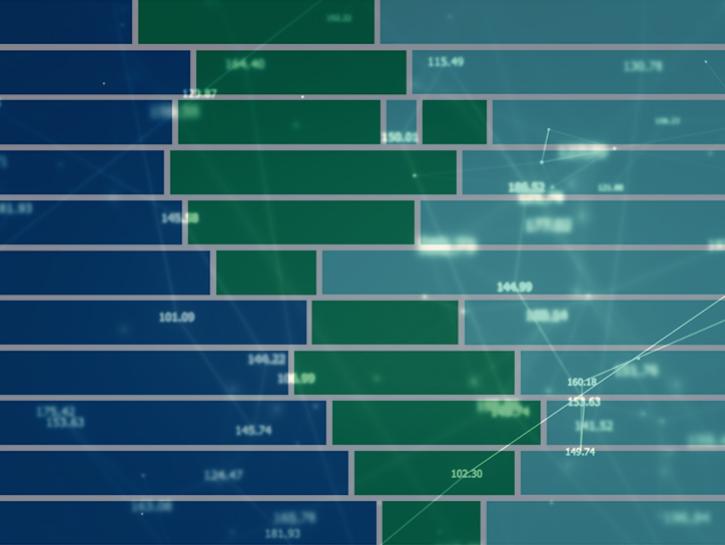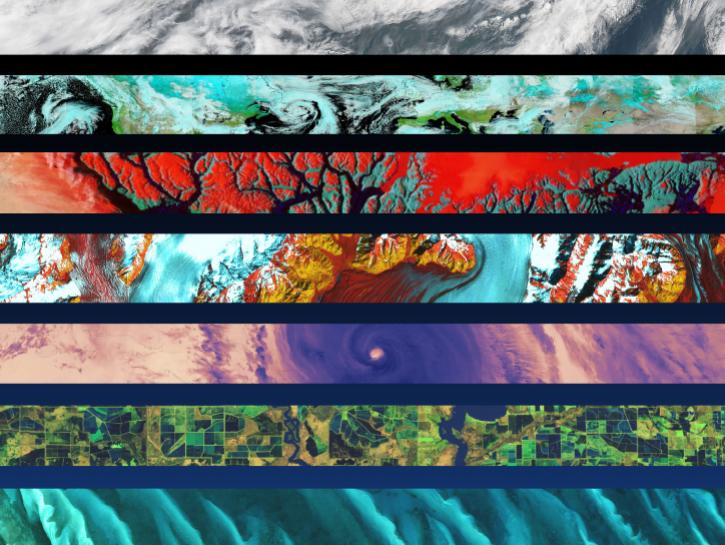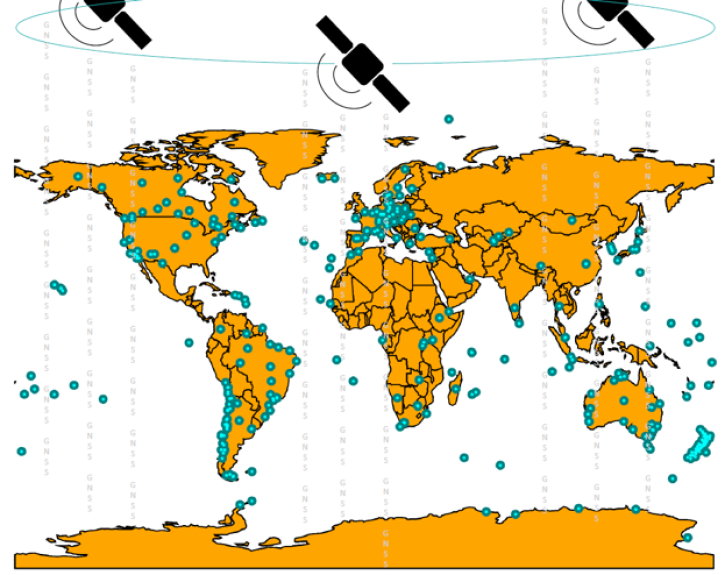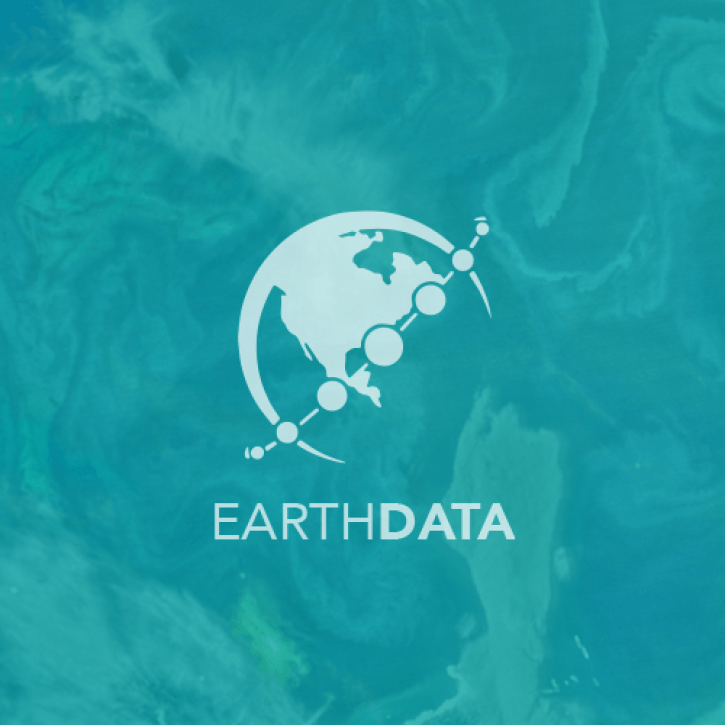We are in the process of migrating all NASA Earth science data sites into Earthdata from now until end of 2026. Not all NASA Earth science data and resources will appear here until then. Thank you for your patience as we make this transition.
Read about the Web Unification Project
Crustal Motion Data Access and Tools
Crustal motion data from NASA includes Earth orientation time series and navigation satellite orbit and reference frame products. Our datasets and tools help users find and integrate the data they need to unearth crustal motion characteristics and how they relate to Earth’s dynamics, navigation, and more.
Table of contents
Crustal Motion Datasets
Featured Crustal Motion Observation Method: GNSS
A Global Navigation Satellite System (GNSS) allows user to precisely locate positions around the world. One such GNSS is the U.S. Global Positioning System (GPS), which is made up of 24 satellites. A GNSS is designed so that multiple satellites are within range of any point on Earth in order to determine its location.
GNSS data can used to study crustal motion, geophysics, plate tectonics, and atmospheric properties in addition to many other topics.
GNSS data can used to study crustal motion, geophysics, plate tectonics, and atmospheric properties in addition to many other topics.
Join us on Wednesday, July 22, 2015 at 2pm ET to learn how to discover and access the real-time Global Navigation Satellite System (GNSS) data!
Join us to learn more about Global Navigation Satellite System (GNSS) radio occultation science and applications! We will highlight science impacts in the areas of numerical weather prediction, forecasting cyclone genesis, and space weather.
Join us on Sept. 28 to learn about the NASA Making Earth System Data Records (ESDR) for Use in Research Environments (MEaSUREs) Extended Solid Earth Science ESDR System (ESESES) project, whose Global Navigation Satellite System (GNSS)-derived data products enable research on tectonic motion, crustal deformation, earthquakes, tsunamis, sea level rise, extreme weather, and more!
This update to NASA's Crustal Dynamics Data Information System (CDDIS) archive makes accessing all RINEX data easier and more transparent for the Global Navigation Satellite System (GNSS) user community.
Frequently Asked Questions
Earthdata Forum
Our online forum provides a space for users to browse thousands of FAQs about research needs, data, and data applications. You can also submit new questions for our experts to answer.
Submit Questions to Earthdata Forumand View Expert Responses


